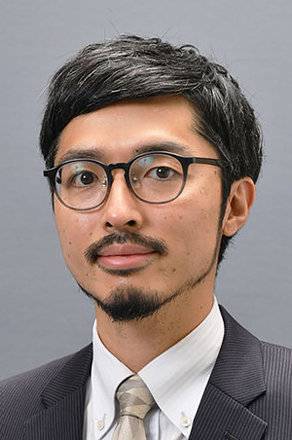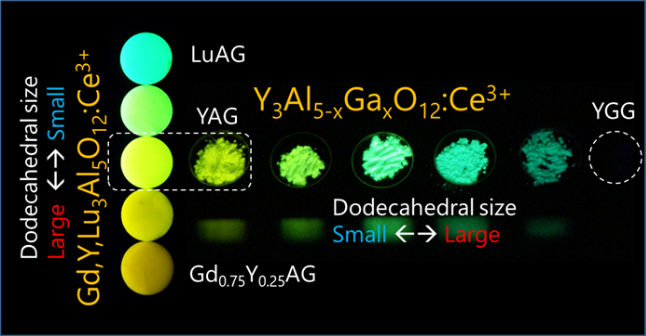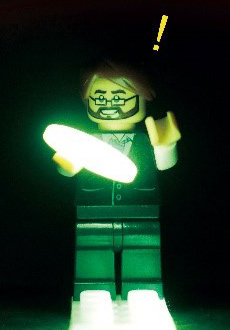
Development of Optically Functionalized Materials Based on Electronic Structure and Local Coordination
Laboratory on Optical Functional Inorganic Materials Chemistry
Associate Professor:UEDA Jumpei
E-mail:
[Research areas]
Solid State Chemistry, Photochemistry
[Keywords]
Phosphor, Storage Phosphor, White-LED, Optical thermometer, Optical Pressure Sensor
Skills and background we are looking for in prospective students
Motivation to improve yourself and to progress a research topic, to open a new scientific area through studying actively with your curiosity and discussing with other researchers is necessary. We respect your research background.
What you can expect to learn in this laboratory
Our research topic includes material preparation, physical property evaluation and application study. You will acquire research planning, reorganization of issues and logical thinking as basic capability, and wide knowledge and various technical skills in solid state chemistry and photochemistry. Presentation skills also can be obtained through several research meetings.
Specific skills: Material preparation (powder, ceramics, transparent ceramics, glass, single crystal of inorganic compounds), Physical property evaluation (XRD, XAS, basic optical measurements, luminescence lifetime, photoconductivity, VUV spectroscopy, measurements for storage phosphors, high pressure measurement)
【Job category of graduates】
Chemical and material suppliers, manufactures of electric devices
Research outline

Control of luminescence properties by
changing geometrical and chemical environments
There are many luminescent materials and devices around us such as white LED lighting, laser projectors, TV and smartphone displays. These luminescent devices include inorganic phosphors with luminescence center (rare earth and transition metal ions). The optical properties of the phosphors vary greatly depending on the type of luminescence center, its geometrical and chemical coordination environment, and the electronic structure of the host material. Our research group investigate the factors to determine the optical properties and design new optical functional materials.
◆Generation of while light!
White LEDs and laser-excited white light sources consist of blue LED (or laser) and visible phosphors. Recently, green and red phosphors with a narrow luminescence band width for display application and non-quenching phosphors by high power laser excitation are studied. Through the elucidation of physical phenomena, we strategically create phosphors with higher properties.

Developed persistent phosphor
◆Storage of light energy!
Persistent phosphors can show contentious luminescence even after stopping excitation source. We design persistent phosphors by controlling the photoinduced electron transfer process based on the electronic structures of inorganic compound with luminescence ions.
◆Sensor using luminescence!
The luminescence properties vary by temperature and pressure. Thus, the phosphors can be used as optical thermometers and pressure sensors.
◆Other research topics
Photochromism, luminescence quenching, Mechano-luminescence, pressure induced phase transition.
Key publications
- A. Hashimoto, J. Ueda, et al., J. Phys. Chem. C. 127, 15611(2023).
- J. Ueda, et al., ACS Appl. Opt. Mater. 1, 1128(2023).
- Jumpei Ueda, Bull. Chem. Soc. Jpn. 94, 2807(2021)
Equipment
Vacuum Gas Replacement Furnace, XRD,
Fluorescence spectrophotometer, Cryostat,
Wavelength tunable OPO laser,
Optical measurement system for storage phosphors, Diamond anvil cell
Teaching policy
Our research group holds research meeting and journal club (introduction of state-of-the-art research) once a week, which can be adjusted depending on the number of laboratory members. Core-time is 9 am to 5 pm. The research topic includes material preparation, physical property evaluation and application. Thus, you learn wide knowledge and various technical skills in solid state chemistry and photochemistry. Basically, all of laboratory members need to give a presentation in a domestic or international conference. We also recommend publishing the research results to an international journal as a first author or co-author.